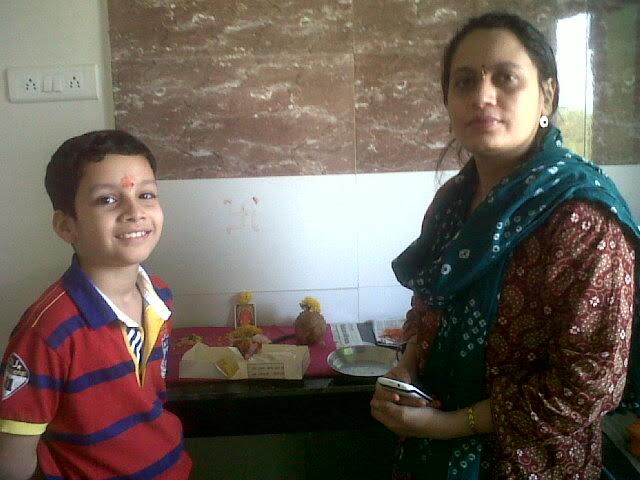Female Hindu priests challenge male dominance
— By Chitra Sawant
Durga Shirodkar is a well-qualified woman hailing from a middle-class Maharashtrian family, but what makes her stand out is that she chose to become a priest. Durga has done her MSc in Chemistry, MBA in HR, LLB, Diploma in Computers and Diploma in Cyber Law.
Durga’s priestly role will lead her to various homes to perform poojas for the Ganesh festival, which begins today.
Durga’s life took a turn when she began training to become one of the few Hindu women priests at a time when very few women were into this male-dominated field. She performed the Ganapati Pooja for the first time since her training under the tutelage of Purohit Suresh Bhole in 1998. She also performs Satyanarayan Pooja among other Poojas.
While the Hindu culture is bestowed with several female goddesses, yet it suffers from gender discrimination when it comes to the appointment of female priests. Women are restricted to performing ceremonies in private homes and are not allowed to lead prayers at temples. These few exceptions are heartening.
“There is growing acceptance in the society. People are being more practical and understand that the women priests can perform the rituals as well as their male counterparts,” said Durga.
“Though there may be nothing in Hindu literature that says women cannot perform the function of priest, some men have rejected the idea of women priests. I was interested in priesthood and decided to take it up as a profession,” said Vrunda Vilas Deshpande, another woman priest.
Priesthood did not come to her by inheritance, but rather as a result of genuine interest and hard work. “Interest in the scriptures and rituals of worship inspired me to study the priesthood,” added Durga.
Female priests do face some biological barriers. A menstruating woman is considered impure and is traditionally not allowed to enter a temple or to take part in rituals. The female purohits don’t conduct any rituals during those days.
“We have observed on several occasions that male priests are so busy that just chant the mantras and finish off the rituals in a hurried way. They would not explain the meaning of the mantras or the meaning behind the rituals. But have seen women priests explain the meaning of mantras and rituals and their relevance as well, ” said Prachi Patil, a corporate employee at whose home Durga had performed a Satyanarayan Pooja recently.
“We are receiving good response from people here in metros but in smaller towns and villages people still aren’t ready to accept women priesthood,” said Vrunda.
Purohit Anant Kashikar, who hails from Nashik and has been in this field since last two decades says, “I think it’s good if women work as priests. They recite all the mantras according to vedic customs and explaining each mantra so that people understand their meanings.”
chitra sawant




Comments
Post a Comment